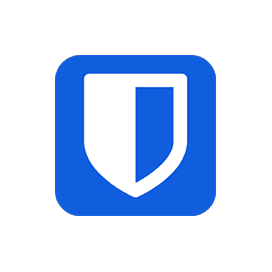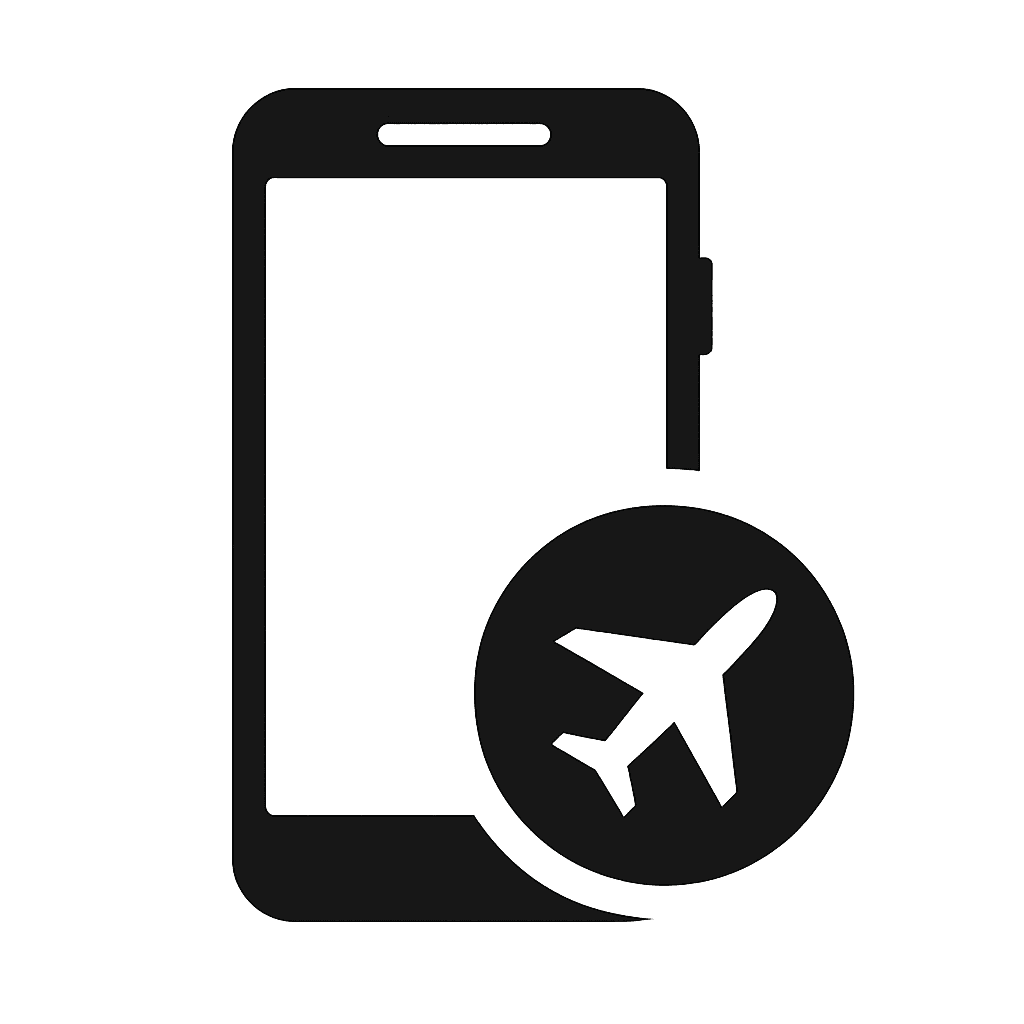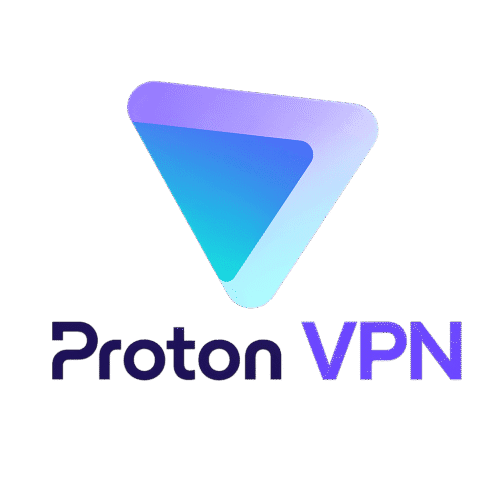Why Digital Security Matters
Your devices are windows—and sometimes doors—into your private life. In repressive environments, they become liabilities unless actively secured. This section offers real-world tools and best practices to help individuals protect their communications, conceal their digital footprints, and regain control over their online presence.
Authoritarian regimes don’t just rely on informants or police—they exploit metadata, intercept messages, and trace device movement. Digital security isn’t just for hackers or journalists—it’s essential for anyone who might be watched, tracked, or silenced.
Key Risks to Address:
- Device seizure and cloning
- Metadata tracing (who you talk to, when)
- Browser fingerprinting
- SIM card surveillance
- Social engineering or phishing
Foundational Digital Hygiene
Before getting into tools, these habits are critical:
- Always update your software (security patches matter)
- Use passcodes and biometrics on every device
- Don’t reuse passwords—use a password manager
- Avoid linking personal accounts to anonymous ones
- Minimize cloud syncing and location tracking
The complete Privacy and Security Desk Reference Volume I & Volume II are authoritative and extensive sources of information for privacy and security best practices.
Recommended Tools
Disclaimer: The tools and tactics described on this page are provided strictly for personal security, digital hygiene, and the lawful defense of privacy under applicable international human rights frameworks. Users are responsible for complying with local laws. This page does not provide legal advice, and some tools may be restricted or banned in certain jurisdictions. Always assess your environment before use.
Messaging
Messaging is one of the most frequent—and most exposed—digital activities in modern life. Every time you send a message, it can leave a trail—metadata revealing who contacted whom, when, and from where—even if the content is encrypted. Many regimes use these trails to map social networks, monitor dissent, and preemptively target perceived threats. Unsecured messaging platforms may log conversations, hand over data to authorities, or become entry points for malware and phishing attacks.
Protecting your communication is both a legal right and a tactical necessity. International human rights laws affirm the right to privacy and free expression, and in most democratic countries, using secure apps is entirely lawful. However, in some nations, encryption tools are tightly regulated or even criminalized. Always research your local digital environment before installing or using security-focused apps. In repressive settings, even the appearance of secrecy can draw attention—choose tools that blend in, encrypt by default, and do not require special configurations to remain safe.

Top Paid Messaging App
Threema is a privacy-first, Swiss-based messaging app that charges a one-time fee and requires no phone number or email to register. It offers end-to-end encryption, anonymity by default, and self-hosted options for enterprise users. Its servers are in Switzerland, and the app is open source and regularly audited. For users who value both security and independence from big tech ecosystems, Threema is a strong choice.

Best for High-Risk Environments
Session
Session is a fully anonymous, decentralized messaging app that doesn’t require a phone number, email, or central server. Built on the Oxen network, Session routes messages through a Tor-like network, protecting both content and metadata. It’s ideal for users operating in repressive environments where association, identity, and traffic patterns must remain hidden. Session trades speed and features for maximum privacy.

Top Free Messaging App
Signal is the gold standard for free, secure messaging. It offers end-to-end encryption for texts, calls, and media, and is trusted by journalists, activists, and professionals around the world. Signal is open-source, supported by a nonprofit foundation, and has a strict no-data retention policy. While it requires a phone number for registration, its transparency and widespread adoption make it a reliable daily-use option.
Browsing
Web browsing may seem passive, but every click, scroll, and search can be tracked, profiled, and weaponized. Governments, corporations, and hostile actors routinely monitor internet activity to build behavioral patterns, identify dissidents, inject disinformation, or intercept login credentials. Even without direct surveillance, browser fingerprints, cookies, and unsecured Wi-Fi expose users to tracking and compromise.
Defending your browsing activity is both legal and essential in most countries. Tools like privacy-focused browsers (e.g., Brave or Firefox), ad/tracker blockers, and DNS encryption can significantly reduce your digital footprint. In some regions, the use of such tools may raise suspicion, especially when paired with other anonymizing technologies like Tor or VPNs. While not illegal in most jurisdictions, these tools may be flagged by censors or network administrators, so be aware of your local threat landscape.
Remember: browsing is more than consumption—it’s exposure. Use hardened browsers, avoid personal logins when researching sensitive topics, and never assume “private mode” means private.

Top Paid Browser
The IVPN Browser is designed for privacy-focused users and works seamlessly with a paid IVPN subscription. It includes hardened privacy defaults, fingerprinting resistance, and DNS protection, making it ideal for users who want browser-level defenses in addition to network-layer privacy.

Best for High-Risk Environments
Tor
Tor Browser provides the highest level of browsing anonymity by routing traffic through a global volunteer network. It hides your IP address, masks behavior, and resists surveillance—even from advanced actors. While it’s slower than standard browsers, it’s the go-to tool for users in repressive or heavily monitored environments.

Top Free Browser
Brave is a fast, secure browser that blocks ads, trackers, and fingerprinting right out of the box. It offers strong default privacy protections with no configuration required, making it an excellent daily-use option for most users. Brave also includes a built-in private search engine and optional Tor integration for added anonymity.
Passwords & Storage
Passwords are the front line of your digital defenses—and often the weakest link. Reused, guessable, or stored insecurely, they offer easy access to your communications, finances, and personal networks. In hostile environments, compromised credentials can unravel entire resistance efforts, exposing not just individuals but entire support structures.
Password breaches are rarely dramatic. Most occur silently through phishing, keylogging malware, or brute-force attacks. Poor storage habits, such as writing them down, storing them in unsecured files, or relying on browser autofill, only increase the risk. Once one password is known, attackers can often pivot laterally across services.
The legal use of password managers like Bitwarden or KeePassXC is protected in most jurisdictions, and their encryption protocols are publicly vetted and open-source. However, syncing to cloud services—while convenient—can introduce risk, especially under regimes with backdoor access or broad surveillance authority. Air-gapped or locally stored vaults are preferable in high-risk contexts.
Strong, unique, and securely stored passwords are a non-negotiable layer of personal digital defense. They’re also entirely legal to use—just be cautious about where and how your vault lives.

Top Paid Password Manager
The IVPN Browser is designed for privacy-focused users and works seamlessly with a paid IVPN subscription. It includes hardened privacy defaults, fingerprinting resistance, and DNS protection, making it ideal for users who want browser-level defenses in addition to network-layer privacy.

Best for High-Risk Environments
keepassxc
Tor Browser provides the highest level of browsing anonymity by routing traffic through a global volunteer network. It hides your IP address, masks behavior, and resists surveillance—even from advanced actors. While it’s slower than standard browsers, it’s the go-to tool for users in repressive or heavily monitored environments.

Top Free Password Manager
Bitwarden is a powerful, open-source password manager that offers secure storage for passwords, notes, and sensitive information. It’s free tier supports unlimited passwords, cross-device sync, browser integration, and mobile apps. Easy to use and fully encrypted end-to-end, Bitwarden is ideal for individuals looking for professional-grade protection without the cost.
Device & Metadata Protection
Your phone is not just a tool—it’s a sensor, tracker, and witness. Even when you’re not actively using it, your device generates a steady stream of metadata: who you contacted, when, where you were, which networks you connected to, and what apps were running. This metadata—often dismissed as harmless—can be weaponized to reveal patterns, networks, and intent.
Adversaries don’t always need to break encryption to compromise you. They can simply analyze traffic volume, SIM movement, or app telemetry to build a behavioral map. This is especially dangerous in environments where association itself—being in the wrong place, near the wrong person—can be treated as guilt.
Most protections in this category are legal: disabling location services, using secure messaging apps that minimize metadata (like Signal), or running hardened operating systems. In some countries, authorities may scrutinize or even criminalize the use of anonymized SIMs, jailbroken devices, or custom firmware. Always understand local laws before modifying devices.
Protecting metadata is not just about privacy—it’s about survivability. Good device hygiene, compartmentalized use, and conscious communication habits are crucial for anyone operating under risk.

Top Paid Option
SLNT (Silent) Faraday bags offer instant, portable signal isolation for your devices. By blocking cellular, Wi-Fi, Bluetooth, GPS, and RFID signals, they prevent tracking, remote activation, and data leakage — even when your phone appears idle. Ideal for sensitive meetings, travel, or high-surveillance areas, these bags allow you to carry your device while cutting off all wireless communication. SLNT products are rugged, field-tested, and come in a variety of sizes for phones, tablets, and laptops, making them a go-to tool for secure mobility.

Best for High-Risk Environments
Air-Gapped Device Preparation
For the highest-risk environments, physical isolation beats all wireless safeguards. This section outlines setting up an air-gapped phone or pocket router: disabling or removing Wi-Fi/cellular radios, using encrypted backups on offline media, and managing data transfers via secure USB. You’ll learn how to build a temporary offline device for storing sensitive content, ensuring it connects only via controlled media — not the internet.
Recommended guide: Cardano Developer Portal “Air Gap Environment” — clear, step-by-step instructions for building a secure computing island

Top Free Option
Simple Settings Adjustment
A secure device starts with disciplined setup and maintenance. This section guides you through hardening your phone: enforcing strong locks, disabling unnecessary services (like Bluetooth, hotspot, or background GPS access), and removing metadata (e.g., EXIF from photos). It will help you configure operating systems, adopt secure browsers, and strip built-in tracking — all to minimize your digital footprint while authorities monitor device activity.
Video Walkthroughs
Privacy Utilities
Privacy utilities actively obscure, minimize, or sanitize the digital traces you leave behind. These include everything from anti-tracking browser extensions and secure file shredders to sandboxing apps, encrypted local storage, and DNS filtering tools. While no tool is a silver bullet, used together, they form an essential privacy stack.
Most of these utilities operate quietly in the background—blocking trackers, preventing fingerprinting, or isolating risky activity. Their strength lies in their simplicity and interoperability. But not all tools are created equal. Some are open-source and rigorously tested; others are free but riddled with hidden data collection mechanisms. Knowing which utilities to trust is part of the challenge.
In most jurisdictions, using privacy-focused utilities is fully legal. But in repressive environments, any deviation from default digital behavior may arouse suspicion. That’s why low-profile use is critical. Understand what you’re installing and what footprint it leaves.
When your adversary sees everything, protecting even the smallest fragment of your digital life matters. Privacy utilities give you that edge—quietly, consistently, and often invisibly.

Top Paid Utility
SLNT (Silent) Faraday bags offer instant, portable signal isolation for your devices. By blocking cellular, Wi-Fi, Bluetooth, GPS, and RFID signals, they prevent tracking, remote activation, and data leakage — even when your phone appears idle. Ideal for sensitive meetings, travel, or high-surveillance areas, these bags allow you to carry your device while cutting off all wireless communication. SLNT products are rugged, field-tested, and come in a variety of sizes for phones, tablets, and laptops, making them a go-to tool for secure mobility.

Best for High-Risk Environments
Tails OS
Tails is a secure, portable Linux-based operating system designed for high-risk users. It runs entirely from a USB stick, leaving no trace on the host computer, and routes all internet activity through the Tor network. Tails includes encrypted storage tools, secure messaging apps, and offline document handling. It’s trusted by journalists, whistleblowers, and those operating in denied or repressive environments.

Top Free Utility
SimpleX is a privacy-first messaging protocol that doesn’t rely on centralized servers or user identifiers like phone numbers or emails. All communication happens over temporary, peer-to-peer connections. Messages are end-to-end encrypted and metadata-free. With no contact lists or persistent message storage, SimpleX offers a rare combination of usability and true anonymity.
Virtual Private Networks and Network Privacy
Your network connection is the front door to your digital life—and it’s often wide open. Every time you connect to the internet, service providers, advertisers, and—depending on the country—government agencies can see your IP address, location, and traffic.
A Virtual Private Network (VPN) is one of the most accessible ways to shield against that exposure. It creates a secure, encrypted tunnel between your device and the internet, masking your IP address and making it harder for others to track your activity or location. Used correctly, VPNs can anonymize your traffic, bypass censorship, and reduce your digital footprint.
But VPNs are not magic cloaks. Free VPNs can be traps, and some paid ones keep logs or cooperate with law enforcement. Not all VPNs are equal. Choose providers with strict no-log policies, open-source clients, and transparency in their business model.
Legally, VPN use is permitted in many democratic nations—but criminalized or restricted in authoritarian regimes. Always check local laws. In some countries, using a VPN can trigger suspicion or legal penalties. If you must use one in such environments, do so with extreme caution and combine it with stealthier tactics like obfuscated protocols.

Top Paid VPN
Mullvad VPN is a privacy-first service based in Sweden, known for its strict no-logs policy and anonymous account creation—requiring no email, just a randomly generated number. It accepts cash payments by mail and supports advanced features like WireGuard, multihop routing, and bridge mode for obfuscation. Mullvad is open-source and transparent, with regular independent audits. Its minimal data collection makes it a top choice for users in high-risk or surveillance-heavy environments.

Best for High Risk Environments
Outline VPN
Outline VPN is an open-source tool built by Jigsaw (a Google-backed initiative) to help journalists, NGOs, and at-risk individuals create and manage their own secure VPN servers. Rather than connecting to a public VPN provider, users—or their trusted partners—deploy a private server, reducing third-party exposure. It supports strong encryption, is designed to bypass censorship, and offers easy configuration through a clean user interface. While setup requires some technical familiarity, Outline offers one of the safest VPN frameworks for those operating in hostile digital environments.

Top Free VPN
Proton VPN is operated by the team behind Proton Mail and is based in Switzerland, a country known for strong privacy laws. It offers a robust no-logs policy, Secure Core multi-hop routing, and integration with other Proton services. Proton VPN has both a free tier with unlimited bandwidth and a paid tier that unlocks higher speeds and more countries. Its transparent policies and open-source apps make it a strong choice for both beginners and advanced users.
Defensive Mindsets
Digital security begins not with a tool, but with a mindset. A defensive mindset is the habit of anticipating surveillance, preparing for compromise, and adapting behavior to reduce exposure. It is less about paranoia and more about pattern disruption—recognizing that every action you take online leaves a trail and choosing how to shape or minimize that trail.
Adversaries—whether state actors, corporations, or opportunistic hackers—rely on predictability. They exploit routine, assumption, and carelessness. A defensive mindset breaks that chain. It asks: What if this device is compromised? What if this account is monitored? What if this file is intercepted?
This mindset also includes emotional regulation. Adversaries use fear, urgency, and overconfidence to control you. Defensive thinking slows reactions, checks assumptions, and builds habits of caution. From delaying replies to compartmentalizing information, the smallest habits compound into a resilient posture.
There’s nothing illegal about being cautious. But in hostile environments, observers can still notice even your caution. Blend in, stay ordinary, but always think defensively.
Privacy is not a switch—it’s a posture. When operating in a high-risk setting, you must:
- Assume your device can and will be compromised
- Always separate identities, locations, and communications
- Consider burner devices, offline notes, and plausible deniability
- Practice “need to know” exposure—never transmit what you don’t need to
Advanced Techniques (For High-Risk Environments)
- Use decoy accounts with misinformation.
- Use air-gapped devices for sensitive planning
- Regularly rotate tools and credentials
- Disable biometric unlocks during travel or protests
- Use a secure bootable OS (like Tails or Qubes) for critical sessions

Leave a Reply